What Are ETFs and How Do You Trade Them?
There are several ways to invest money in order to increase wealth. Depending on your objectives as an investor, you can choose from various investment vehicles, including stocks, bonds, and index funds. An exchange-traded fund is a popular option for novice investors learning how to trade ETFs and wanting exposure to the whole stock market.
What Is an ETF?
A pooled investment product called an exchange-traded fund (ETF) functions similarly to a mutual fund. ETFs often follow a certain sector, index, commodity, or other assets, but unlike mutual funds, they may be bought or sold on a stock market just like regular stocks can. Anything from the price of a single commodity to a sizable and varied group of assets can be tracked by an ETF. ETFs may even be designed to follow specific investing strategies.
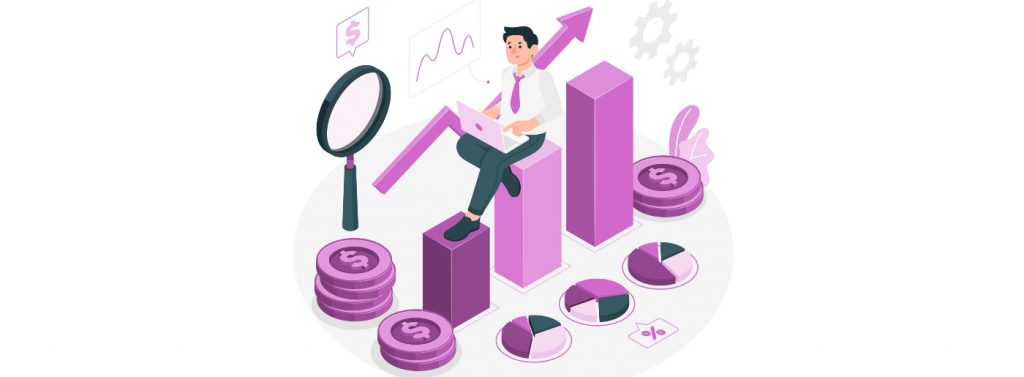
Deep Dive on ETFs
ETFs are referred to as exchange-traded funds because they trade on exchanges as stocks do. An ETF’s share price will fluctuate throughout the trading day as shares are purchased and sold on the market. This contrasts with mutual funds, which can only transact once daily after the markets close and are not traded on an exchange. In comparison to mutual funds, ETFs are frequently more affordable and liquid.
Unlike stocks, which only hold one underlying asset, ETFs hold a variety of underlying assets. ETFs are frequently used for diversification because they contain a variety of assets. Thus, a variety of investments, including stocks, commodities, bonds, or a combination of investments, may be found in ETFs. An ETF may own hundreds or thousands of equities from different industries or be confined to a single sector or industry. While some funds primarily concentrate on U.S. offers, others have a worldwide perspective.
An ETF is a marketable investment, which means that its share price enables day-to-day buying and selling on exchanges as well as short sales. Except when later regulations have adjusted their regulatory requirements, the majority of ETFs in the United States are organized as open-ended funds and are therefore governed by the Investment Company Act of 1940. The number of investors who can participate in open-end funds is unrestricted.
Should You Invest in ETFs?
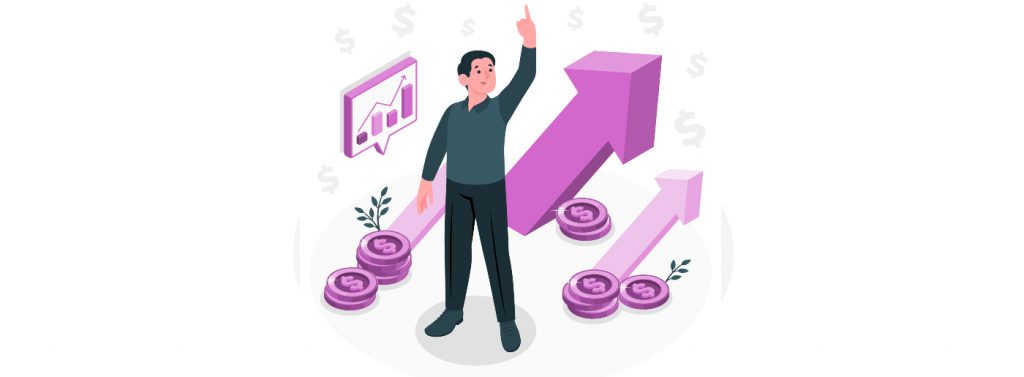
ETFs are a fantastic place to start since they provide built-in diversity and don’t need a lot of cash to invest in a variety of equities. They may be traded similarly to stocks, and you can benefit from a diversified portfolio. Alternatively, you can learn how to trade ETFs and trade on a broker of your choice instead of a long-term investment.
How Do You Trade ETFs?
To begin with, you must create an online account with a broker or trading platform. You can buy ETFs by entering their ticker symbol and desired share quantity after financing the account or learn how to trade ETFs and trade them instead.
The number of shares to purchase mostly relies on the share’s current price and your financial status. ETFs are advantageous for novices since they provide simple access: You can work with the broker you choose to purchase only one share. Although some of the most well-known ETFs track the S&P 500, you should be aware that only a small number of ETFs track the S&P 500 as a whole rather than simply individual index components.
Low management costs are associated with the Vanguard S&P 500 ETF (VOO), which follows the complete index. Its current expense ratio is 0.03%, meaning that for every $1,000 invested, you pay just 30 cents a year. That would be $3 a year for every $10,000 invested.
Trading ETFs
Dollar-cost averaging, or spreading out your investment fees over time, is an intelligent trading approach for new ETF investors. This is due to the fact that it spreads out gains over time and guarantees a disciplined approach to investing (as opposed to one that is haphazard or erratic).
Additionally, it aids novice investors in understanding the specifics of ETF investment. Investors can advance to more complex tactics like swing trading alert service and sector rotation as they gain trading experience. However, before you start, you should learn how to trade ETFs before you risk your hard-earned money.
What Should You Look for in an ETF?
Investors must fill out their brokerage account after opening one before purchasing ETFs. The broker will choose exactly how to deposit money into your brokerage account. After you’ve funded your account, you may conduct a search for ETFs and execute buys and sells just as you would with shares of stock.
Using an ETF screening tool is one of the greatest methods to reduce the range of ETF possibilities available to you. Several brokers provide these tools as a method to navigate the hundreds of ETF offers. Typically, you may look for ETFs using some of the following criteria:
- Volume: You may evaluate the popularity of various funds by looking at their trading volume over a specific time period; the larger the volume, the simpler it could be to trade that fund.
- Holdings: Screener systems frequently consider the portfolios of other funds as well, enabling users to contrast the various holdings of each potential ETF purchase.
- Expenses: Less of your investment is dedicated to administrative charges; thus, the smaller the expense ratio, the better. While it may be tempting to constantly look for funds with the lowest expense ratios, occasionally, more expensive funds (such as actively managed ETFs) have good enough performance that it more than justifies the higher fees.
- Commissions: Many ETFs are commission-free, meaning no costs are associated with executing the trade. It is still important to determine if this may be a deal-breaker.
- Performance: Although previous performance does not guarantee future results, this is a typical criterion for comparing ETFs.
Since many people use ETFs as a way to fund their retirement, it’s a good idea to consult a financial analyst before you start purchasing or trading these assets. Since you can only buy full shares, you could lose a portion of your portfolio if you make the wrong decision.
Financial professionals will also advise you to diversify your portfolio with other types of stocks, an individual retirement account, and real estate. If you’re new at stock trading, don’t underestimate the amount of help an analyst or portfolio manager can bring to the table.
Conclusion
Exchange-traded funds, or ETFs, offer a cost-effective approach to exposing a small investment portfolio to a diverse range of assets. The investor can simply purchase shares of a fund that seeks a representative cross-section of the larger market in place of buying individual equities. When investing in an ETF, there are certain additional costs to consider.
As a beginner, you can learn how to trade ETFs effectively and later invest after gaining experience along the way. You should always do your due diligence before investing your money.
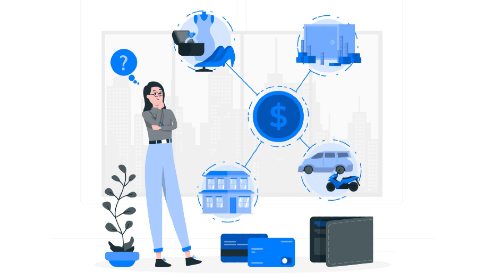
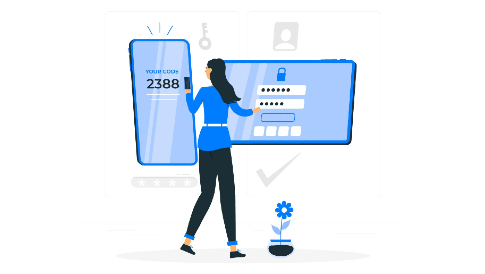
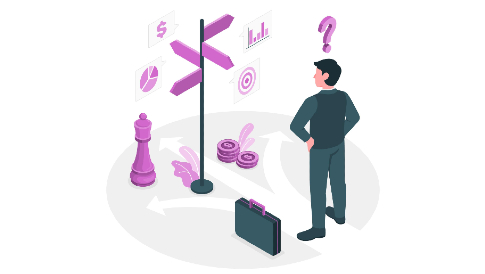

Leave a Reply